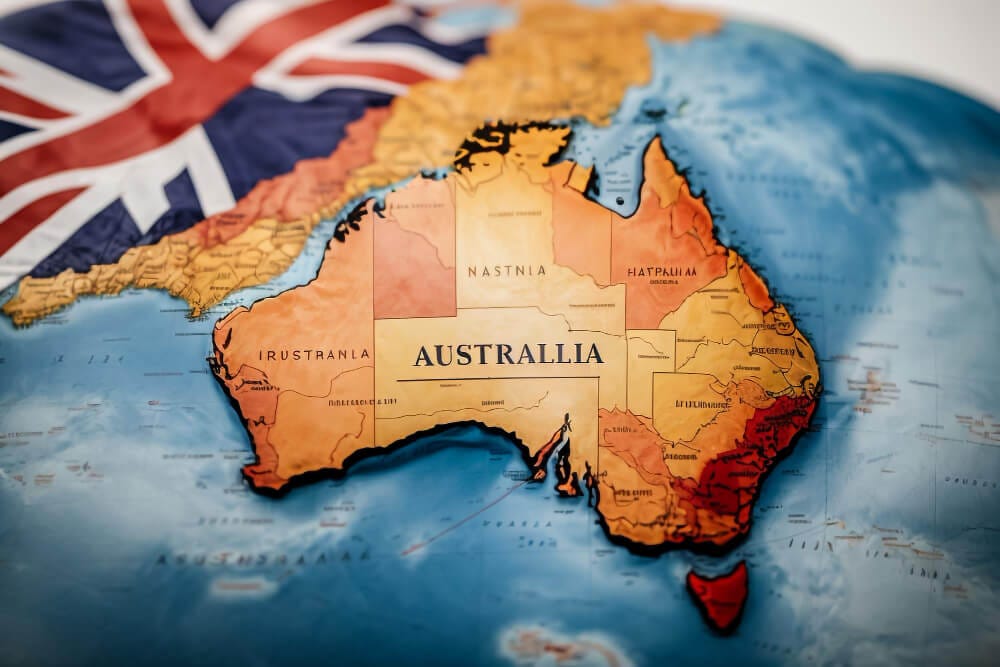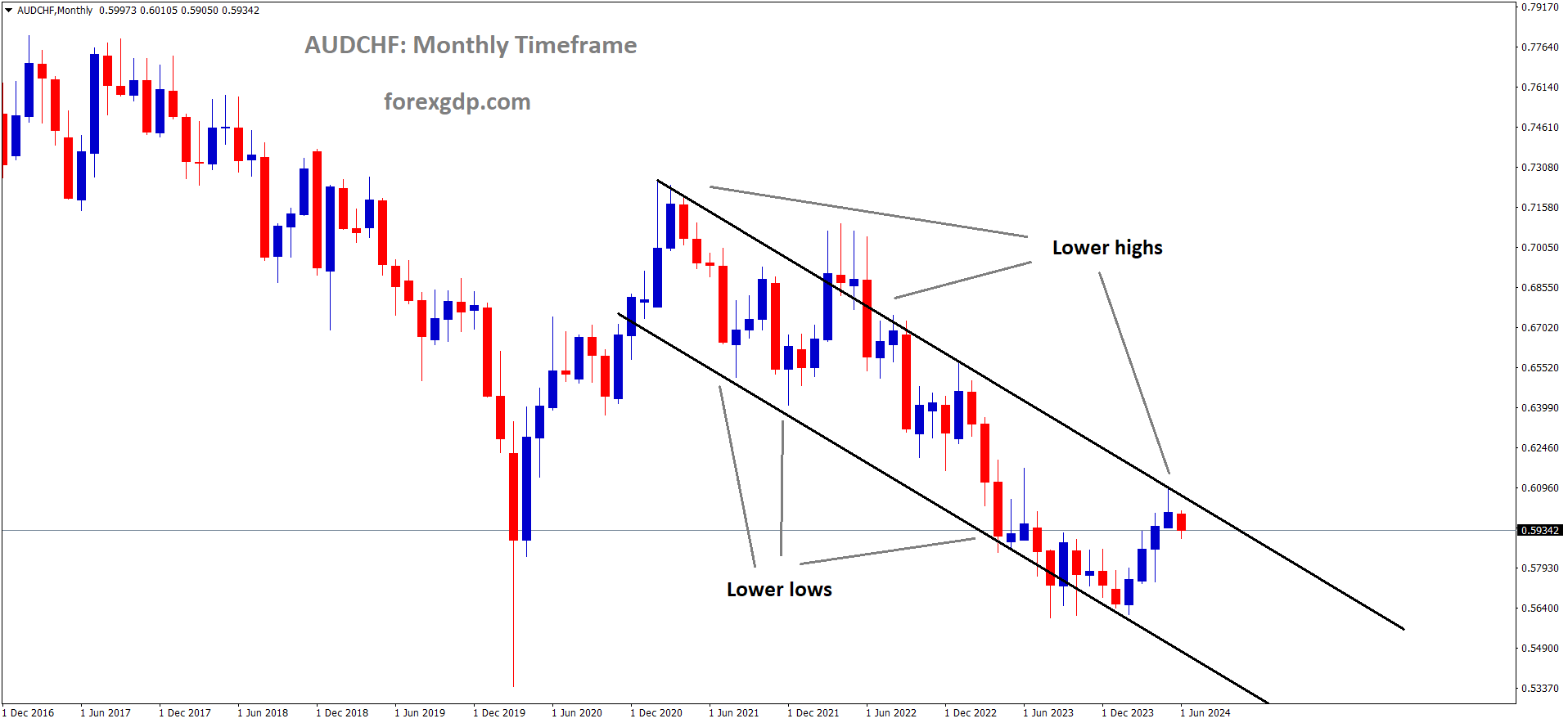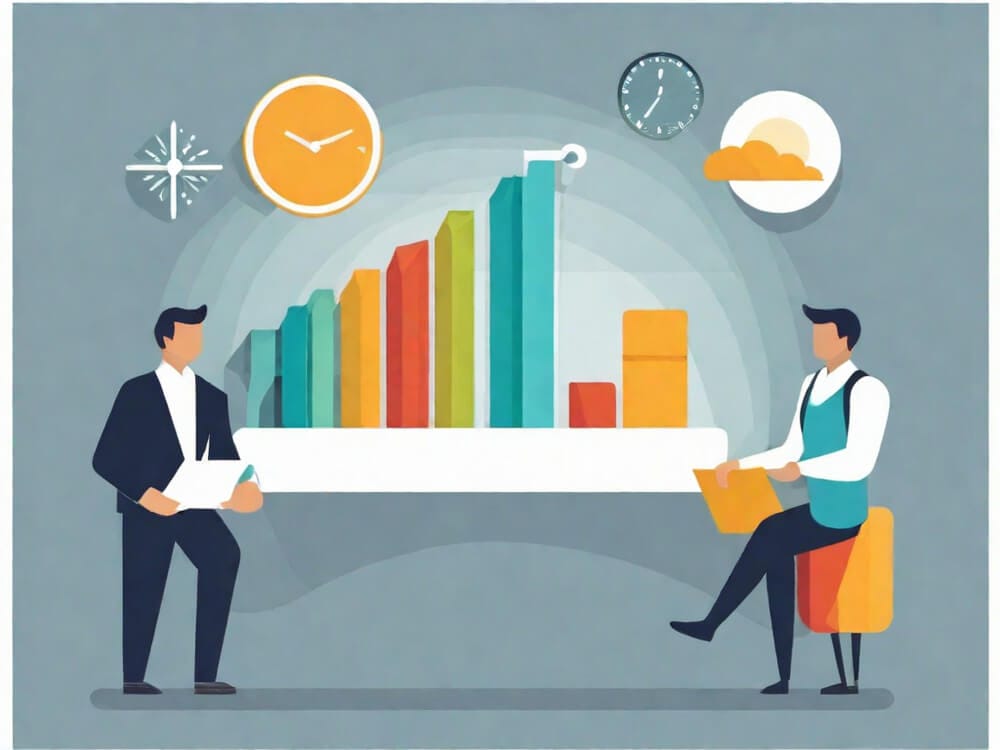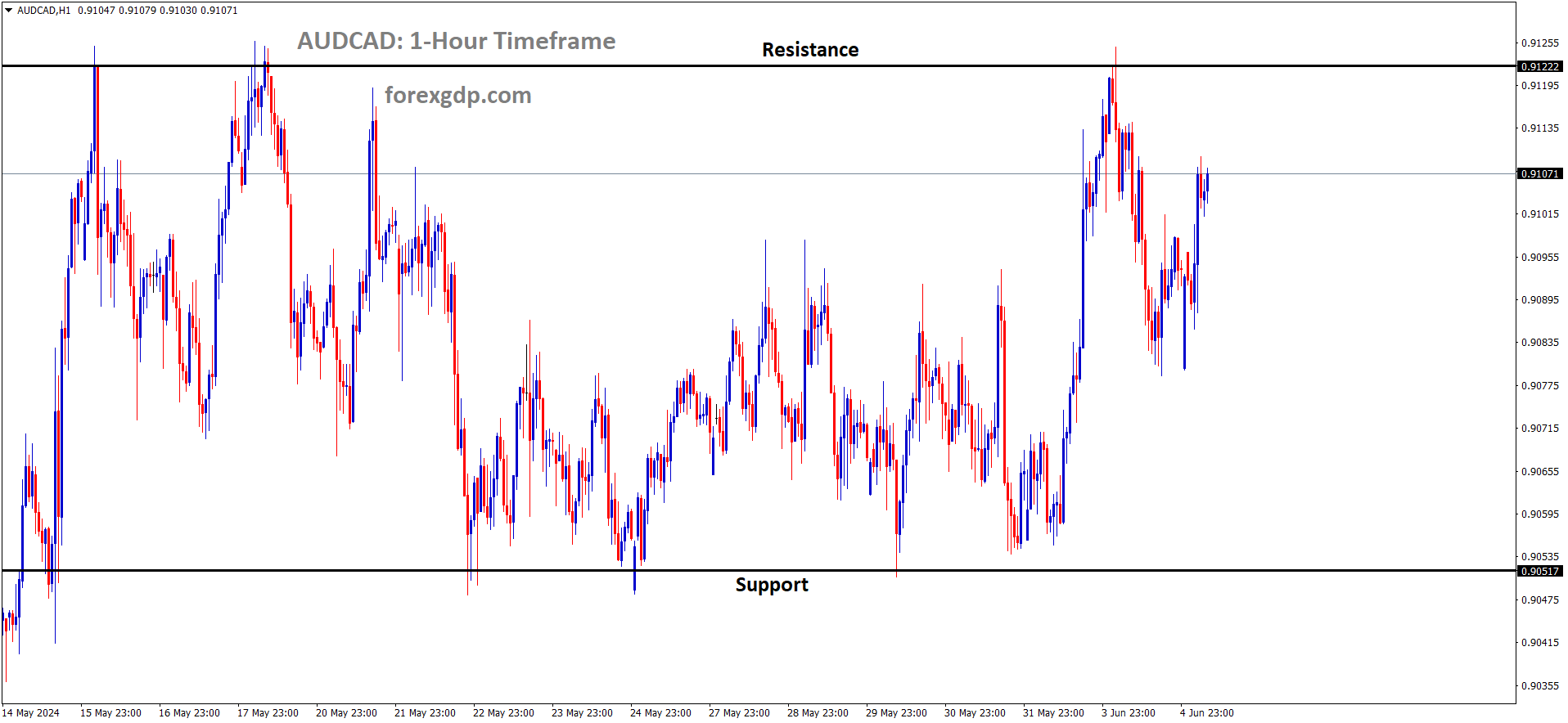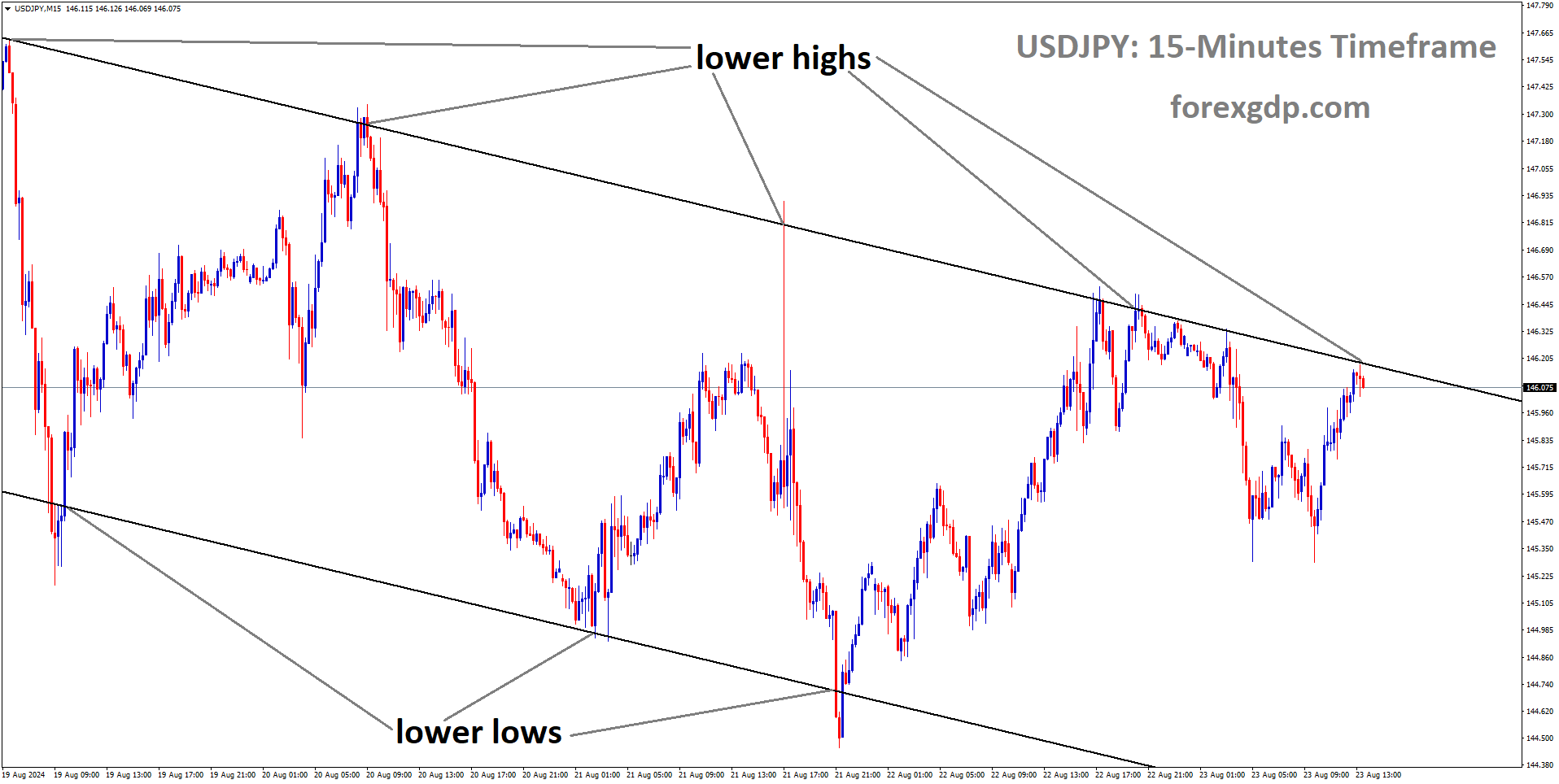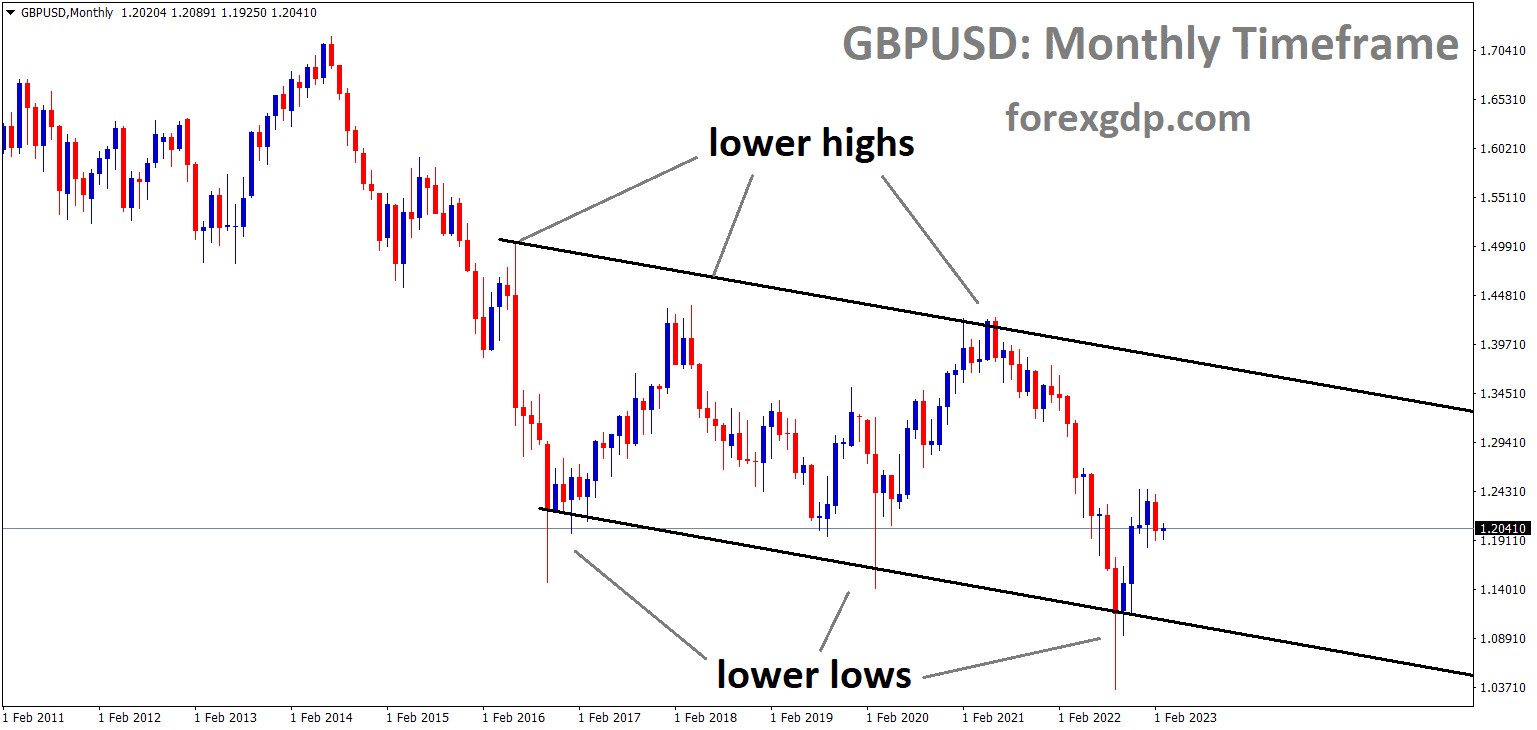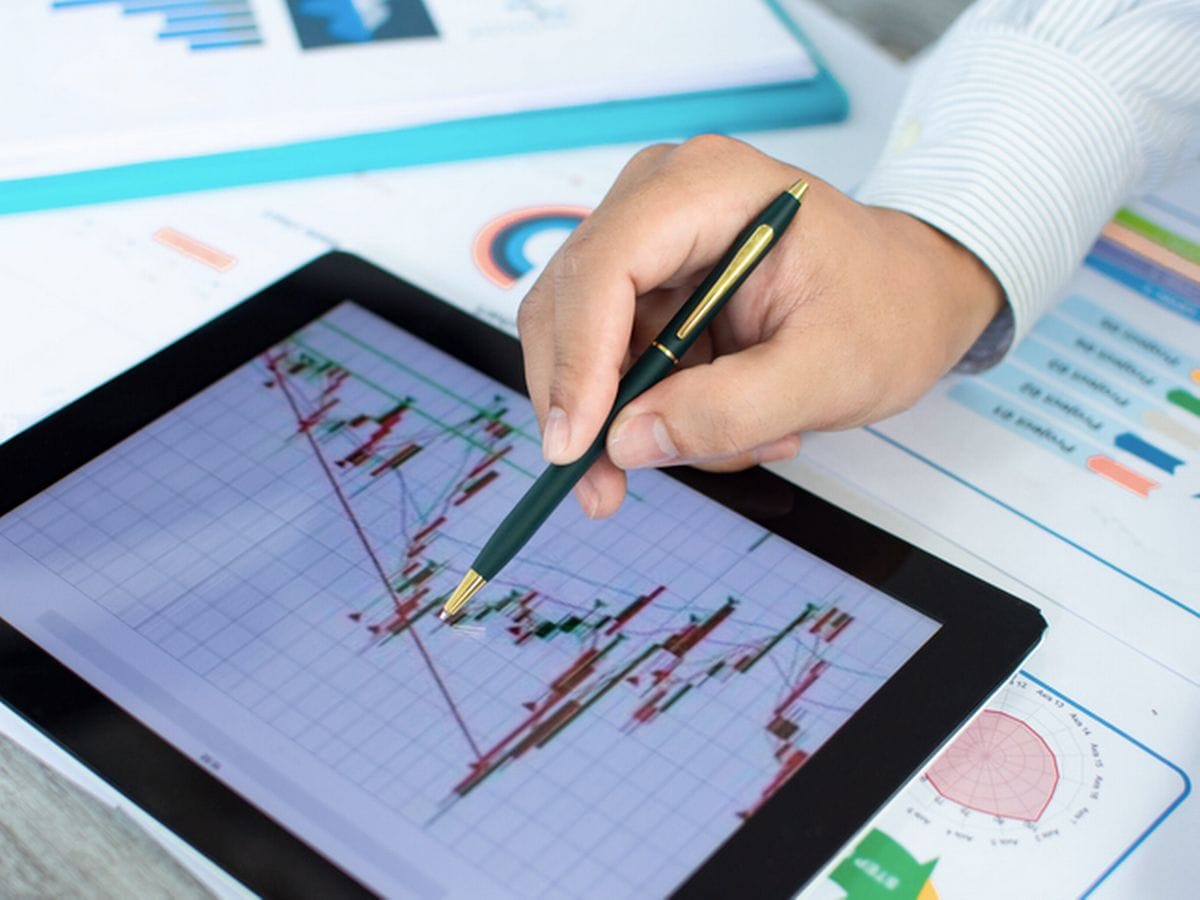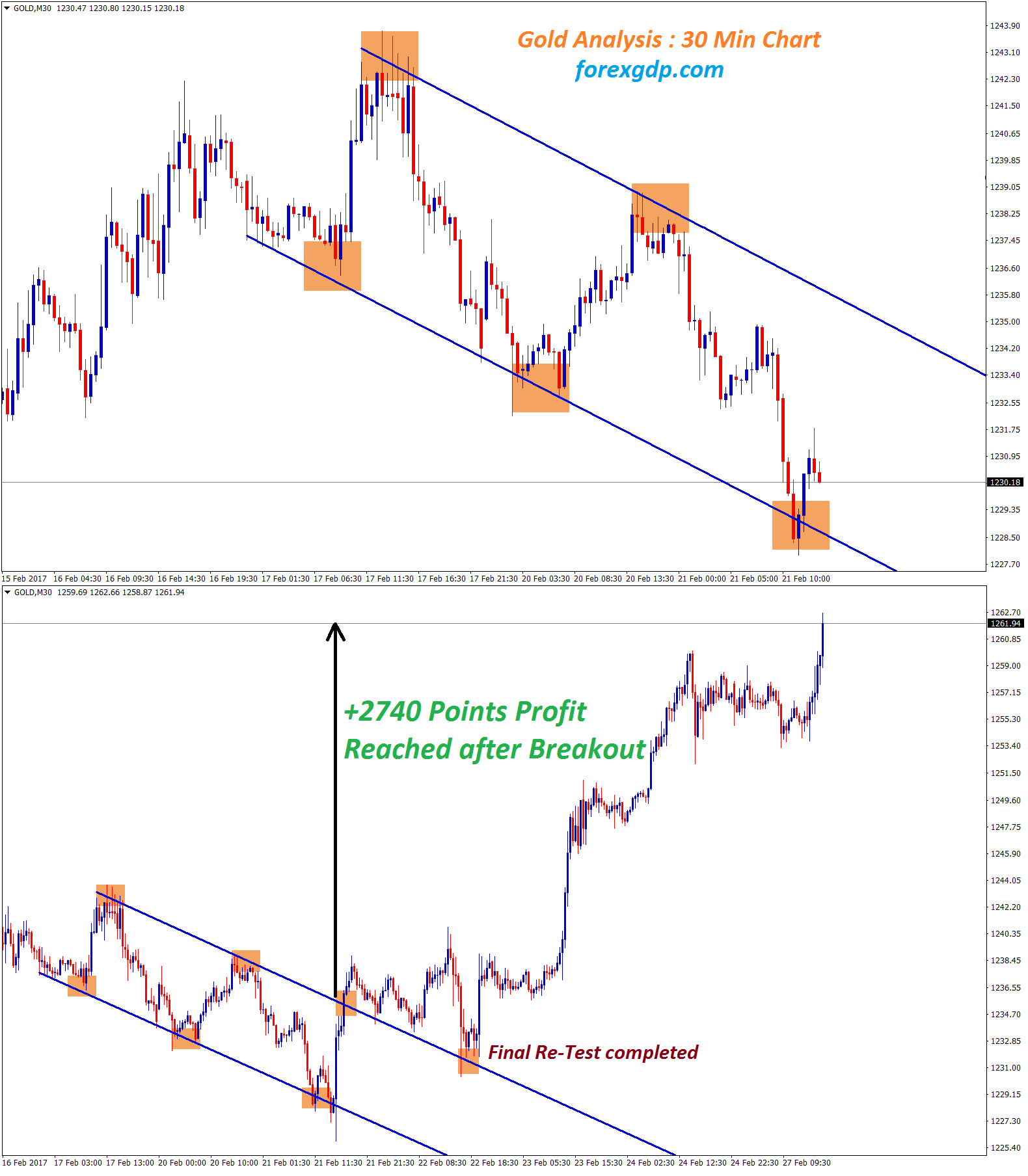Australian Q1 GDP Grows 0.1% vs. 0.2% Forecast
The Australian Q1 GDP Came at 0.10% QoQ versus 0.30% printedin the Last quarter Q4 and 0.20% is expected. YoY data in Quarterly shows 1.1% QoQ versus 1.2% QoQ is expected and 1.6% QoQ is printed in the last quarter. Australian Dollar down after the downbeat data came.
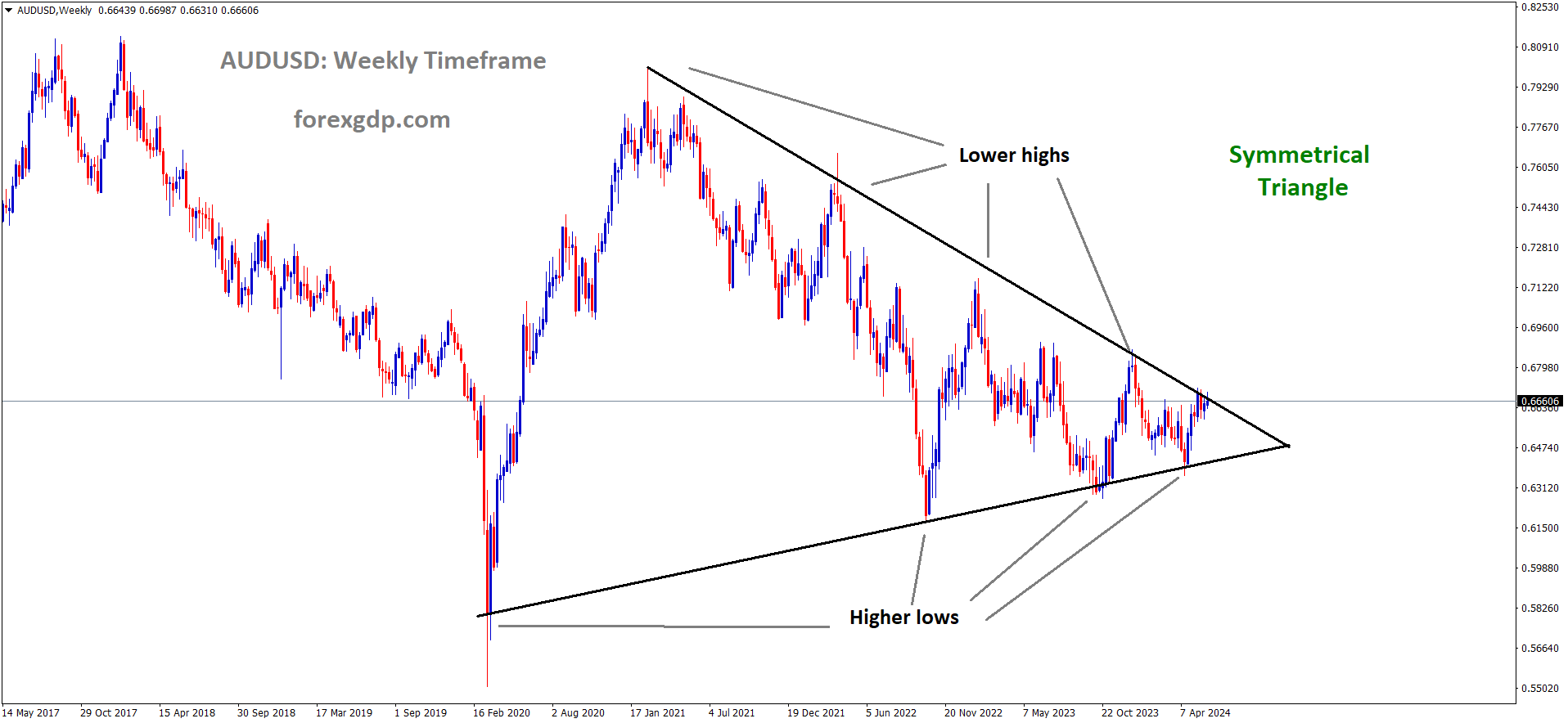
AUDUSD is moving in Symmetrical Triangle and market has reached lower high area of the pattern
Australia’s Gross Domestic Product (GDP) grew by 0.1% quarter-on-quarter (QoQ) in the first quarter of 2024, according to the Australian Bureau of Statistics (ABS) report released on Wednesday. This growth rate was below the expected 0.2% and also lower than the 0.2% growth recorded in the fourth quarter of 2023.
On an annual basis, the GDP for the first quarter of 2024 expanded by 1.1%. This was a decrease from the 1.5% annual growth seen in the fourth quarter of 2023 and fell short of the projected 1.2% increase.
Australia’s Economy Slows to 0.1% Q1 Growth
The Australian Gross Domestic Product (GDP) for the first quarter grew by 0.1% quarter-on-quarter (QoQ), compared to the 0.3% growth recorded in the previous quarter (Q4). This figure was also below the expected growth rate of 0.2%.
On an annual basis, GDP increased by 1.1% in the first quarter. This was lower than the anticipated 1.2% growth and significantly below the 1.6% growth seen in the last quarter.
AUDCHF is moving in Descending channel and market has reached lower high area of the channel
Following the release of this disappointing economic data, the Australian Dollar weakened.
Australia’s economy slowed significantly in the March quarter, with high borrowing costs and persistent inflation curbing consumer spending. Despite hopes for interest rate relief, such a prospect remains distant.
Data from the Australian Bureau of Statistics on Wednesday revealed that real Gross Domestic Product (GDP) rose by only 0.1% in the first quarter, slightly below market expectations of 0.2%. Annual growth slowed to 1.1%, down from 1.5% in the previous quarter, marking the slowest pace in three decades outside the pandemic period.
Household spending, which constitutes half of the GDP, saw a modest increase of 1.3%, primarily driven by essential items like electricity and healthcare. Discretionary spending was nearly flat for the year. The savings rate fell to a historically low 0.9%, following significant downward revisions to previous figures. Marcel Thieliant, head of Asia-Pacific economics at Capital Economics, noted that the pre-pandemic savings rate was around 5%, highlighting the severe financial pressure on households due to rising living costs, interest payments, and taxes. He also pointed out that real incomes stagnated last quarter, indicating ongoing financial strain.
Financial markets have largely dismissed the likelihood of further increases in the Reserve Bank of Australia’s (RBA) 4.35% cash rate. However, there is also little expectation of a rate cut in the near future. Futures indicate about a 50-50 chance of a move in December, with a cut to 4.10% not fully anticipated until May next year. Before the data release, RBA Governor Michele Bullock acknowledged the economy’s weakness but stressed that restrictive policy is necessary to align demand with supply and control inflation.
The latest consumer price inflation report showed an unexpected rise to 3.6% in April, driven by broad cost increases in food, health, clothing, and travel. Inflation measures in the GDP report were also elevated, with domestic demand inflation running at 4.6% for the year. This inflation has boosted nominal GDP, which expanded by 3.5% year-on-year to March, reaching A$2.6 trillion (US$1.73 trillion) or A$98,224 per person for Australia’s 26.8 million residents.
However, when adjusted for inflation, per capita GDP fell by 0.4% in the quarter and by 1.3% over the year. This per capita “recession” reflects rapid population growth driven by migration, which increased annual population growth to 2.5%, double the average of the past three decades. The influx of overseas workers and students has strained the housing market and pushed rents to record highs, prompting the Labor government to propose caps on future immigration.
Australia Q1 GDP Disappoints Amid Inflation, Rate Pressures
Australia’s Q1 GDP grew by 0.1% QoQ, below the 0.2% expected and down from 0.3% in Q4. Year-on-year, GDP grew 1.1%, missing the 1.2% forecast and falling from 1.6% in the previous quarter. The Australian Dollar dropped following the release of this disappointing data.
AUDCAD is moving in box pattern and market has fallen from the resistance area of the pattern
Australia’s economy grew less than expected in the first quarter, according to gross domestic product (GDP) data released on Wednesday. Weak consumption and a softer contribution from exports hampered overall economic growth.
GDP increased by 1.1% year-on-year in the first three months of 2024, as reported by the Australian Bureau of Statistics. This figure fell slightly short of the anticipated 1.2% growth and was a decline from the 1.5% growth observed in the fourth quarter of 2023.
Quarter-on-quarter, GDP grew by 0.1%, missing the forecasted 0.2% growth and lower than the 0.2% increase seen in the previous quarter.
The data revealed a significant weakening in Australian consumer spending this year, driven by persistent inflation and high interest rates.
Despite this, GDP remained positive, primarily due to increased government spending on household benefits and energy relief, which kept household spending slightly positive.
Business spending, which had previously supported the Australian economy, declined during the quarter, with total capital expenditure falling by 0.9%.
Earlier data this week indicated that net Australian exports reduced the annual GDP figure by 0.9%, as demand in key export markets, particularly China, continued to decline throughout the quarter.
Australia also entered a current account deficit in the first quarter.
Wednesday’s data suggested that the Australian economy was cooling rapidly under the strain of high inflation and interest rates. However, with inflation still elevated, the Reserve Bank’s future interest rate adjustments remained uncertain.
Don’t trade all the time, trade forex only at the confirmed trade setups
Get more confirmed trade signals at premium or supreme – Click here to get more signals , 2200%, 800% growth in Real Live USD trading account of our users – click here to see , or If you want to get FREE Trial signals, You can Join FREE Signals Now!

